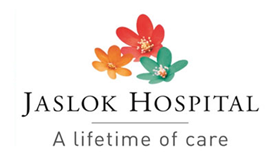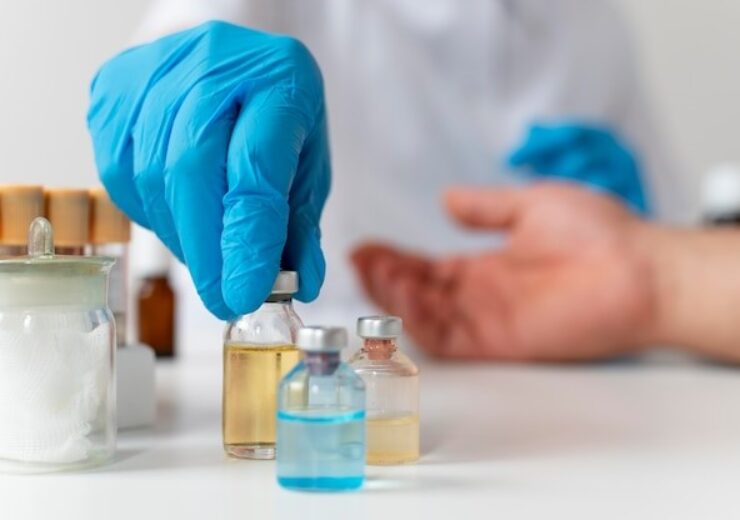The Role of Bioactive Scaffolds in Enhancing the Efficacy of Orthobiologic Treatments

Orthobiologics is an increasingly vital field in regenerative medicine that focuses on utilizing biological materials to improve healing processes in musculoskeletal tissues. As advancements unfold, bioactive scaffolds have become key components that significantly enhance the efficacy of orthobiologic treatments. These scaffolds provide the necessary support for cells to grow and regenerate tissues, ultimately improving patient outcomes.
What Is a Bioactive Scaffold?
Bioactive scaffolds are three-dimensional structures designed to replicate the extracellular matrix (ECM) that exists naturally in tissues. Their primary purpose is to provide a scaffold for cell attachment, growth, and differentiation. Several characteristics make bioactive scaffolds an effective tool in orthobiologics:
- Biocompatibility: The materials used in scaffolds must be compatible with biological tissues to prevent adverse reactions and ensure proper integration.
- Porosity: Scaffolds require an interconnected pore structure to facilitate nutrient and waste exchange, as well as to allow cellular infiltration.
- Biodegradable Scaffolds: Bioactive scaffolds should degrade at a rate that matches the formation of new tissue, allowing for seamless integration within the body.
- Bioactivity: These scaffolds can release biochemical signals that promote tissue regeneration, leading to enhanced healing outcomes.
The Role of Bioactive Scaffolds in Orthobiologics
Bioactive scaffolds are essential for improving the efficacy of orthobiologic treatments by offering the required support for cell growth and tissue regeneration. The specific roles of bioactive scaffolds in orthobiologics include:
Enhancing Cell Adhesion and Proliferation
One primary role of bioactive scaffolds is to create an environment conducive to cell adhesion and proliferation. The scaffold’s surface can be engineered to promote the attachment of stem cells and other progenitor cells, ensuring optimal conditions for tissue regeneration. Materials such as collagen, hyaluronic acid, and polylactic-co-glycolic acid (PLGA) are particularly effective in enhancing cell adhesion and supporting cellular functions critical for healing.
Controlled Release of Growth Factors
Bioactive scaffolds can be designed to incorporate and release growth factors in a controlled manner. By embedding proteins such as Bone Morphogenetic Proteins (BMPs) or Vascular Endothelial Growth Factor (VEGF) within the scaffolds, clinicians can offer a sustained release of these important biomolecules at the site of injury or degeneration. This steady release can promote cell differentiation, stimulate angiogenesis, and support overall tissue regeneration.
Tissue Engineering and Regeneration
Bioactive scaffolds are essential in tissue engineering because they provide a structural framework that supports the growth and organization of new tissues. In orthopedic applications, bioactive scaffolds can be used for repairing cartilage, bone, tendons, and ligaments. For example, scaffolds designed to mimic the mechanical properties and architecture of bone can enhance healing in fractures and bone defects. Clinically, studies have shown that using bioactive scaffolds can lead to quicker recovery times and improved functionality compared to traditional treatment methods.
Modulating Inflammatory Responses
Inflammation is a natural part of the healing process; however, excessive inflammation can hinder repair and prolong recovery. Bioactive scaffolds can be engineered to modulate inflammatory responses through the release of anti-inflammatory agents or by attracting anti-inflammatory cells to the site of injury. This approach creates a more favorable environment for healing and helps to reduce the chances of chronic inflammation that can complicate recovery.
Supporting Angiogenesis
Successful tissue regeneration relies heavily on the formation of new blood vessels, known as angiogenesis, to supply nutrients and oxygen to regenerating tissues. Bioactive scaffolds can be designed to promote angiogenesis by incorporating pro-angiogenic factors or utilizing materials that naturally stimulate the formation of new blood vessels.
Applications of Bioactive Scaffolds in Orthobiologics
Bioactive scaffolds are being increasingly utilized across various orthopedic applications, including:
- Bone Regeneration: Scaffolds created from bioactive glasses or calcium phosphate ceramics help enhance bone healing and are commonly used in fracture repair and bone grafting procedures.
- Cartilage Repair: Scaffolds mimicking cartilage properties can support the regeneration of cartilage defects, which is especially relevant in treating osteoarthritis.
- Tendon and Ligament Regeneration: Bioactive scaffolds designed for tendon and ligament repair can provide structural support while facilitating cellular infiltration and regeneration.
- Wound Healing: Bioactive scaffolds are being explored for enhancing the healing of chronic wounds and ulcers due to their ability to provide a supportive environment for tissue regeneration.
Future Directions
The future of bioactive scaffolds in orthobiologics looks promising, with ongoing research focused on developing more advanced materials and innovative techniques for enhancing their efficacy. Some potential innovations include:
- 3D Bioprinting: This technology allows for precise control over the architecture and composition of scaffolds, enabling the creation of structures that closely mimic natural tissues.
- Smart Scaffolds: Incorporating sensors or drug-delivery systems into scaffolds could enable real-time monitoring of the healing process and closely tailored therapeutic responses.
- Personalized Medicine in Orthopedics: Advances in regenerative medicine, at facilities like in our RNR Medicine Department at Jaslok Hospital known for the best orthobiologics treatment clinic in Mumbai, may lead to the development of personalized scaffolds tailored to individual patient needs for optimized healing.





